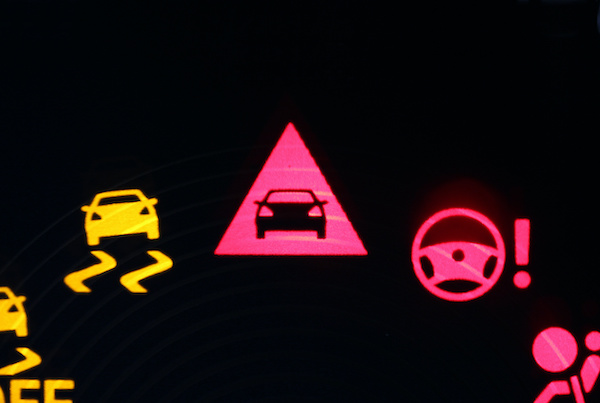
The Electronic Stability Control (ESC) monitors the speed at which the wheels are rotating as well as other parameters such as the steering angle. When you lose the steering control or traction, the ESC tries to reduce the engine power or engage the brakes to help you regain control of the vehicle.
The ESC system does not work the same way on all vehicles. As such, it is always important that you refer to your manufacturer's manual to understand how yours works. Generally, the ESC light illuminates when the car is losing control and stays illuminated when a malfunction has been detected or the system has manually shut off.
What Does The ESC Light Warning Indicate?
The simplest way to know why your ESC light is on is to take it to a certified technician for diagnosis. The technician uses a scanner to decode trouble codes from the brake control module, and within no time, you get to know what is ailing your car. However, before you get there, below are a few hints on what might be wrong:
Faulty Wheel Sensors
Each of your car's wheels has sensors that communicate the loss of traction to the Electronic Stability Control system. When these sensors are covered in dirt, they cannot detect whatever is happening, leading to the ABS and ESC system's malfunctioning.
Issues with The Wiring
It is the wires that facilitate communication about traction from the wheel sensors to the onboard computers. If these wires happen to be broken, improperly connected, or the ESC fuse is blown, the warning light will not illuminate.
A Malfunctioning Steering Angle Sensor
If the steering angle sensor is faulty, misaligned, or damaged, the ESC warning light may be constantly on.
Is It Safe to Drive When The ESC Light Is On?
You can still drive even when the ESC light is illuminating, but you need to take precautions such as slowing down. Also, have all issues affecting the ESC addressed by a certified technician as soon as possible.
If you need electronic stability control repair, give our auto repair shop a call today!